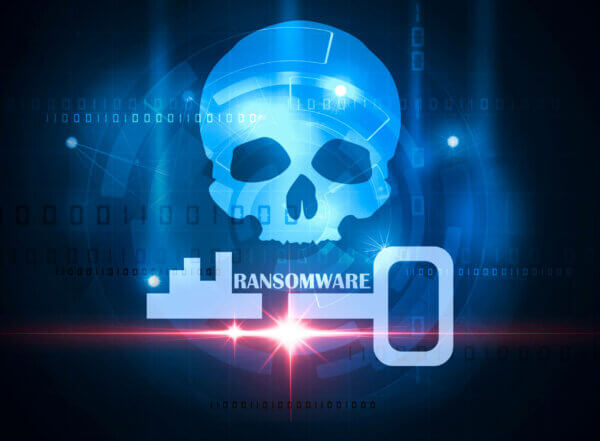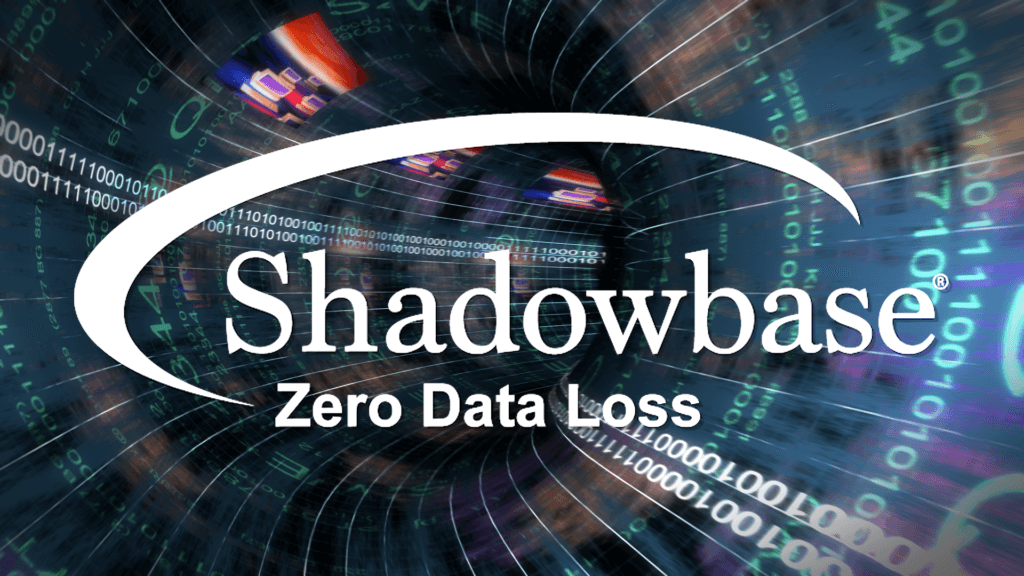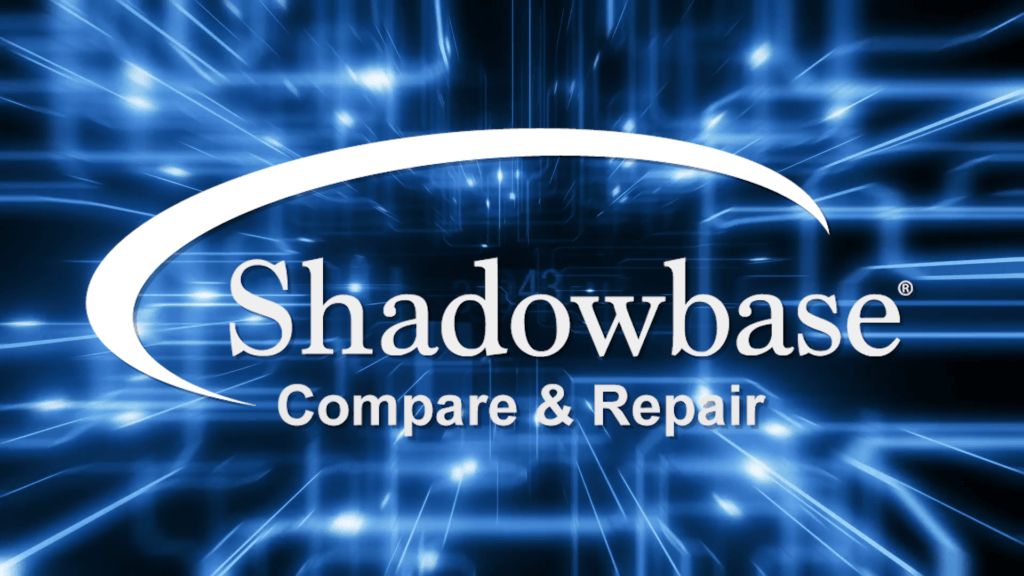- About
- Solutions
- Essentials
- Utilities
- Publications
- Product Delivery
- Support

Kenneth Scudder, Vice President, Global Sales and Business Development
HPE Shadowbase solutions support four key pillars of Data Resilience:
NonStop customers continue to require increasing levels of data availability, data integrity, and data security. The requirements for each of these areas are constantly evolving as NonStop customers strive to get the most value from their data and to protect it from disasters or cyberattacks.
To meet these needs, Gravic is developing innovative solutions in three exciting areas: post-cyberattack data recovery, synchronous replication, and heterogeneous database validation.
 Digital Resilience for Ransomware and Malware Protection
Digital Resilience for Ransomware and Malware ProtectionRecover Critical Data After a Ransomware Attack
Protecting and recovering from cyberattacks, including Ransomware, requires new Business Continuity (BC) strategies and architectures. Traditional BC strategies are designed for datacenter or geographic resilience, not for digital resilience protection from Ransomware or cyberthreats.
The traditional BC objectives of tight interconnection, low latency, and fast replication may actually enable cyberattackers, which often target backup processes before launching an attack on the production environment (to increase pressure on companies to pay ransom to recover data).
HPE Shadowbase Data Recovery for Cybersecurity, an evolving, new product, provides new high availability capabilities specifically designed to address cybersecurity threats. It includes best of breed techniques, such as, fingerprinting message traffic (to detect man-in-the-middle attacks), fingerprinting files (to detect data at rest tampering), and monitoring programs/libraries (to detect new versions or attachments).
Shadowbase Data Recovery supports the emerging Digital Resilience requirements for immutable storage, air-gapped isolation, data validation, data quarantining, and database roll-forward and rollback. HPE Shadowbase software also supports different recovery architectures including Rapid Recovery Systems (with an isolated database that is progressively updated) and Bare Metal Recovery Systems for those customers that require starting from scratch after an attack occurs.
These new capabilities make HPE Shadowbase Data Recovery an essential component of a NonStop Digital Resilience strategy.
 A New Era of Replication Technology: Shadowbase Synchronous Replication
A New Era of Replication Technology: Shadowbase Synchronous ReplicationEnsure no Transaction is Lost with HPE Shadowbase Zero Data Loss (ZDL)
Currently, most BC solutions, especially those than run on NonStop, use “asynchronous replication” technologies, meaning that the application generating the data, the “source,” is not aware of the replication of the data to the target backup system. As a result, regardless of the type of architecture (such as Active/Active or Active/Passive), there is a time lag from when that data was created on the source to when it has been replicated to the target system. This time lag is known as replication latency. Hence, there is a risk of data loss due to replication latency in all asynchronous replication technologies.
For example, if a backup system fails while completed source transactions are still waiting to be replicated, then those transactions could be lost in an outage occurred.
For Customers that Cannot Risk Losing ANY Transactions EVER, Gravic is Introducing HPE Shadowbase Zero Data Loss.
Shadowbase ZDL uses synchronous replication technology to verify a transaction is delivered and safe-stored on the backup system before the production system completes the transaction. Shadowbase ZDL is architected for high performance and has configuration controls to revert to asynchronous replication if performance thresholds are exceeded. This coordination of replication with the production application ensures all committed transactions are backed up and prevents any data loss even due to replication latency.
 Heterogenous Compare
Heterogenous CompareFind data discrepancies across different types of databases
Breaking down data silos and sharing NonStop data with other enterprise platforms can unlock tremendous value for companies. However, validating the consistency and integrity of that data is particularly challenging when the data is used on multiple platforms. To meet the need for validating data in different database platforms, Gravic is expanding its HPE Shadowbase Compare product to enable heterogeneous database comparisons.
Currently, Shadowbase Compare can verify data consistency between like-to-like NonStop databases (e.g., Enscribe to Enscribe, SQL/MP to SQL/MP, or SQL/MX to SQL/MX). Soon, we plan for Shadowbase Compare to also be able to examine data consistency and be able to detect discrepancies between NonStop databases and other enterprise databases like Oracle or SQL Server. This new multi-platform data validation capability is an important new solution for customers who need to ensure they have accurate data across the enterprise, regardless of the method (or replication engine) they used to share it.